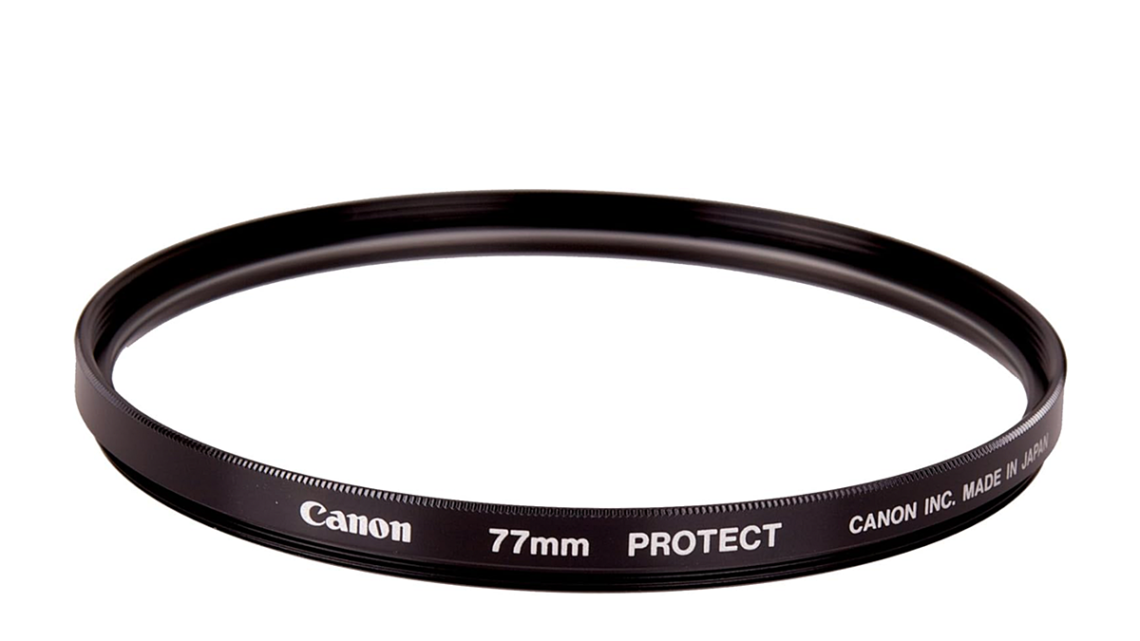
Recomended Filters for Lens Protection
Filters for lens protection seem to divide opinions; however, I'm strongly in favour of them. Not only do they prevent fumbling with lens caps (keep those for storage), but they're also a lot easier to clean than the front element. I also don't like cleaning lenses and would rather accidentally scratch a filter than my lens. And if you think it's unlikely, consider the number of secondhand lenses for sale on eBay with scratched front elements. Those few that aren't sell for appreciably more.My filter of choice for my Canon lenses is the Canon 'Protect' or Protector filter. I also use Canon Polarisers, which can also be used to protect lenses with some restrictions, obviously.Both types are high-quality, though, spec-wise, there's very little information on them. Made in Japan using

